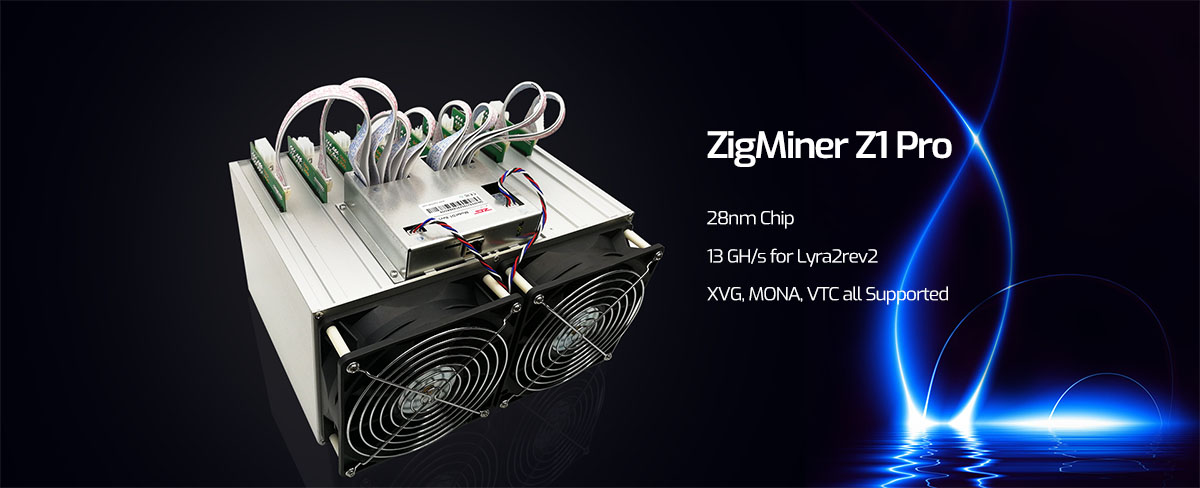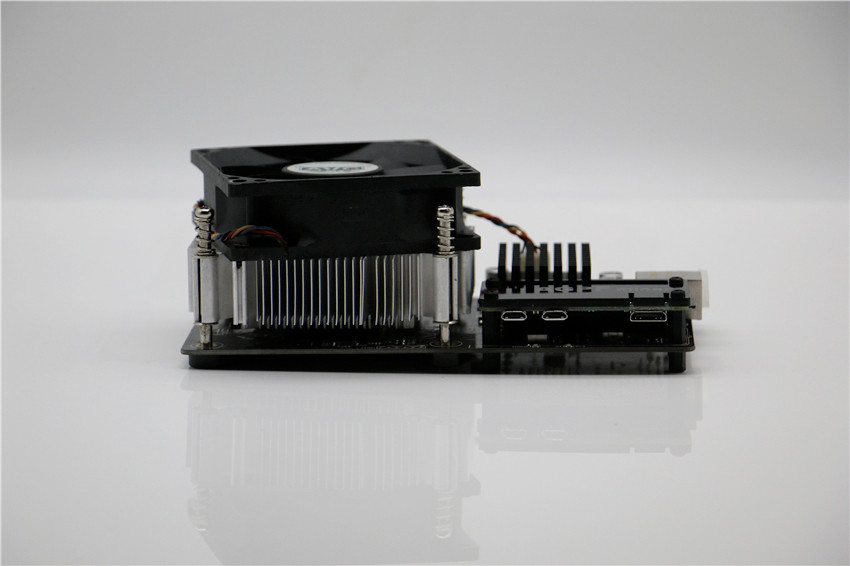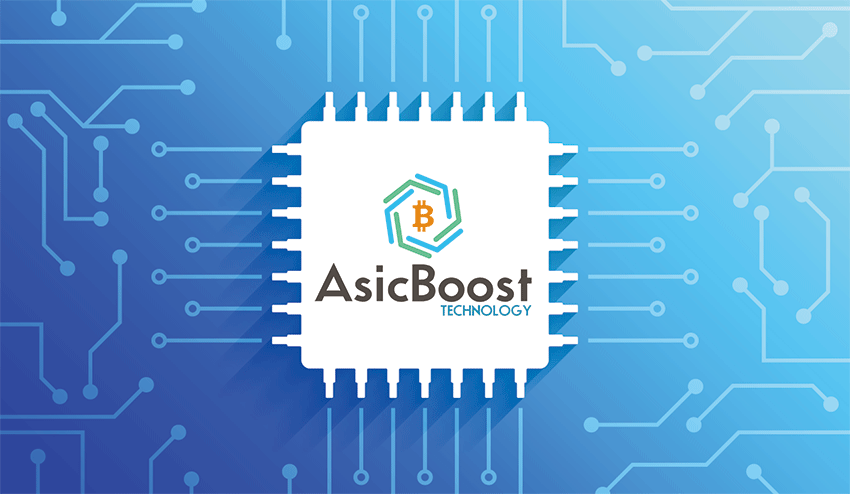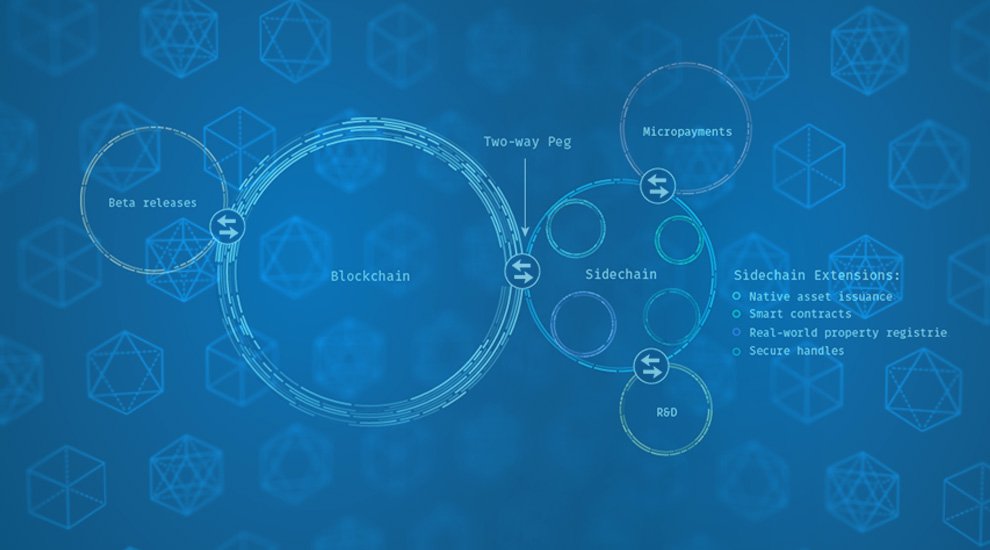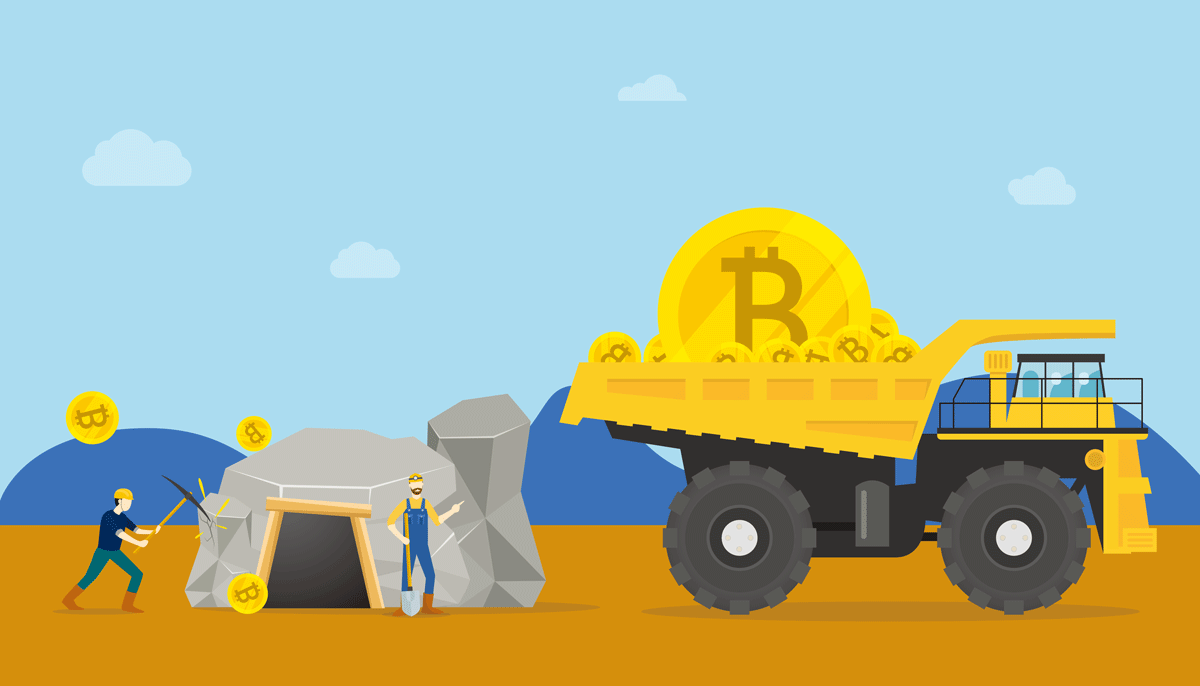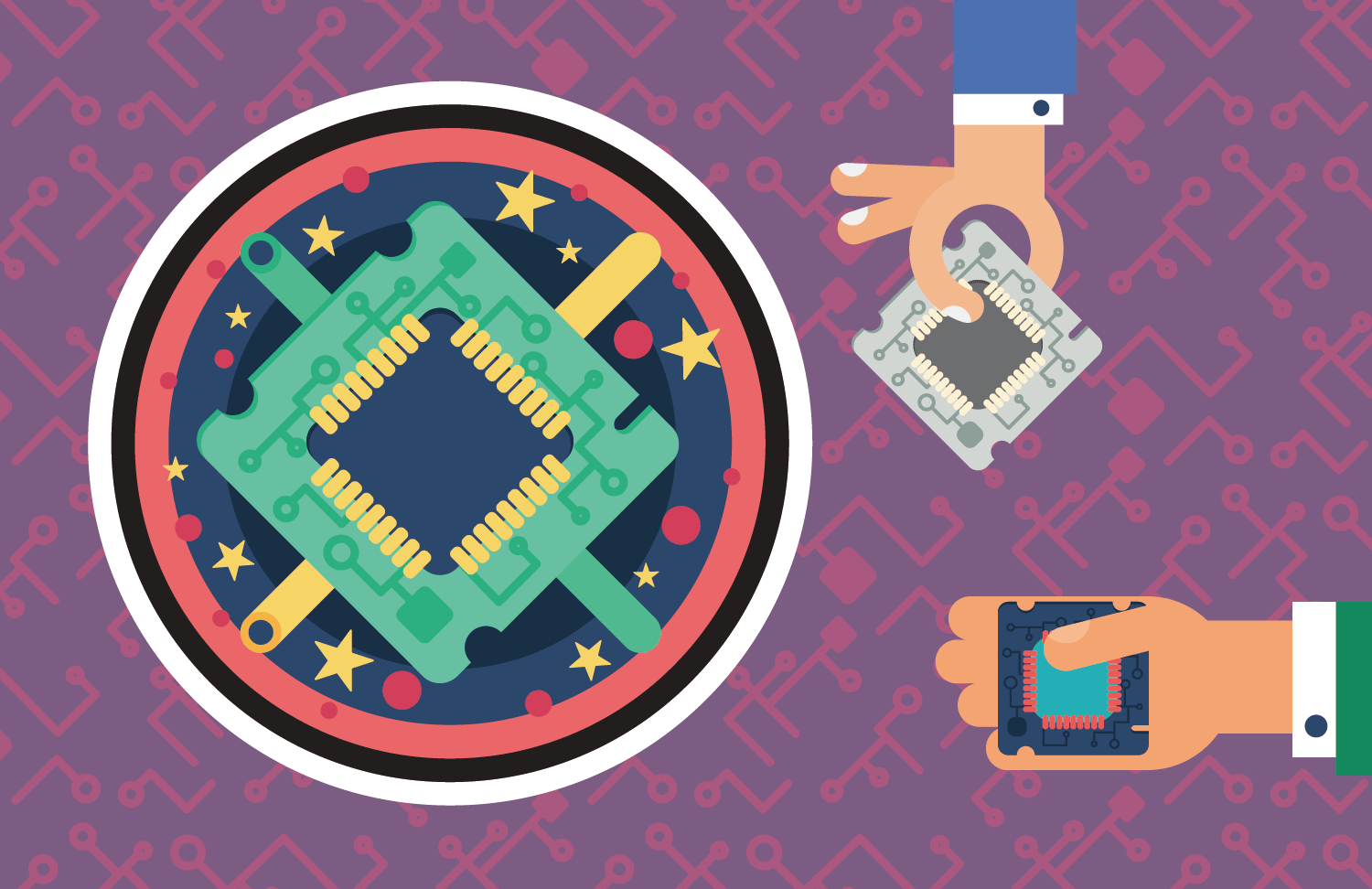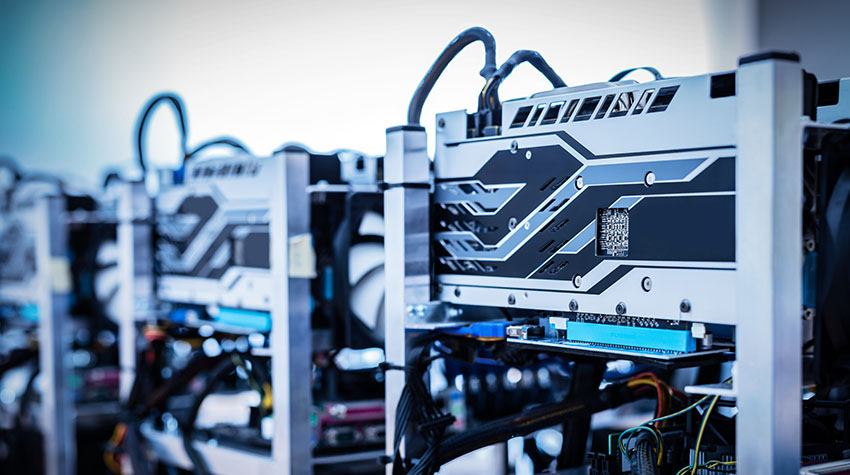This tutorial is intended for the INNOSILICON T2 Turbo Bitcoin Miner which is one of the most powerful bitcoin miner of Innosilicon. The hashrate of the T2T is upto 30TH/s while the power consumption is only 2200w.
This tutorial is intended for the ZigMiner Z1 Pro which is a Lyra2rev2 miner manufactured by Dayun. The Dayun ZigMiner Z1 Pro is another mining machine that supports the Lyra2rev2 algorithm, all coins based on Lyra2rev2 are supported, such as XVG, MONA, VTC. For Lyra2rev2 mining. Its hashrate is as high as 13.0GH/s, while the power consumption is only 1500w.
This tutorial is intended for the AGPF SK1 FPGA Miner which is a FPGA miner. The FPGA miner AGPF SK1 has a current firmware of 0.1.5 and supports mining of various algorithms such as Veo, Skunk and xdag. Subsequent firmware upgrades will support verus and vbk algorithms as well as other algorithms. Currently, all cryptocurrencies based on Veo, Skunk and xdag algorithms can be mined, such as Amoveo (VEO), Hyundai DAC (HDAC), Dagger (xdag) and so on.
Bitmain has recently released its firmware for the popular Antminer S9 to enable what is called “overt AsicBoost”. What is AsicBoost? In short, AsicBoost is best described as a “mathematical trick”. Instead of taking a huge amount of computation, miners can use the technique to whittle down their choices of potential hashes that enable them to solve a puzzle and claim bitcoin’s rewards.
Continue reading
This tutorial is meant for the Antminer S17/S17 Pro which is a bitcoin miner manufactured by BITMAIN. The Antminer S17 series bitcoin miner is equipped with Bitmain’s second-generation 7nm chip BM1397. The energy efficiency ratio is as low as 39.5J/T in low power mode. The Antminer S17 series bitcoin miner is Bitmain’s most competitive SHA256 mining machine to date, supporting BTC, BCH and other SHA-256 crypto currencies.
We will take the submodel Antminer S17 Pro as an example to show settings which apply equally to Antminer S17.
Many newbies who have just got involved in the blockchain may feel surprised when they are told that “A successful bitcoin transfer needs 6 confirmations.” Why are 6 confirmations are needed? Does it refer to the confirmation of 6 bitcoin mining workers on the network?
Here in the article, we would like to explain the principles in detail.
Bitcoin can only process about 7 transactions per second and such a speed makes it impossible to establish many related applications. So, the sidechain came into being to improve the scalability of bitcoin.
To transform the sidechain from concept to reality, the bitcoin core developers such as Adam Back and Matt Corallo released the white paper Enabling Blockchain Innovations with Pegged Sidechains, which clearly proposed the concept of sidechain and its protocol implementation for the first time.
We introduced what was mining in the last issue and many people are eager to have a try! Take your time and let’s learn what’s difference between mining pools and mining farms since many newbies often get confused about them.
As the joint maintainers (mining workers) of Ethereum, AE, Beam, Grin and other cryptocurrencies, the GPU should be known as the most important hardware for the mining workers.
In daily community discussions, many beginners often discuss the performances of GPU based on different models. In most cases, the GPU models can precisely reflect their different performances. Based on the models, we can easily understand which GPU has more computing capability.
Now, we’d like to take Nvidia as the example to get started about what we can learn from the model numbers.
After a short period of callbacks, the cryptocurrency market has continued to heat up recently and the mining market is presenting a booming situation! Here we specially share with our tutorial as well as experience on the assembling of GPU miner.

